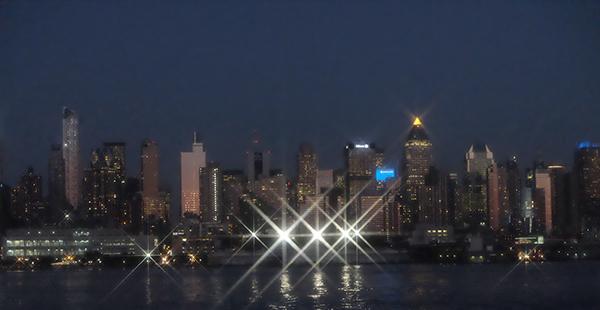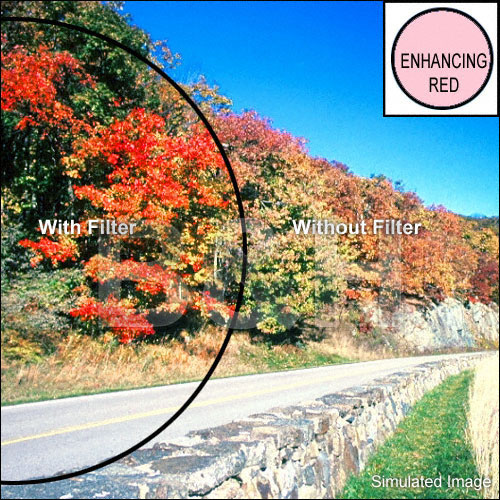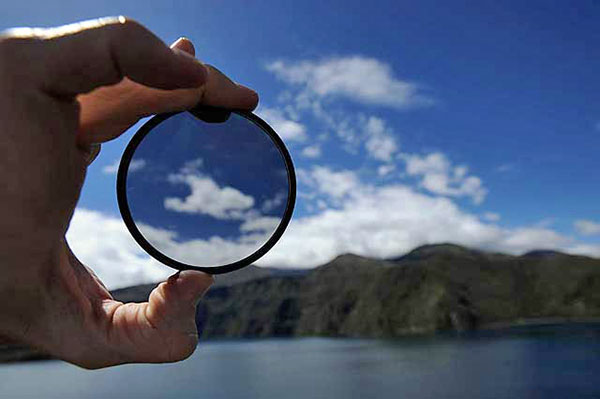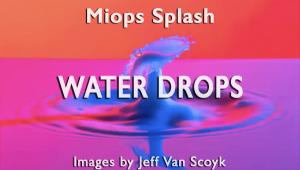Easy Photo Tip: Three Physical Filters for Fall and the Holidays

Forget Photoshop for a few—let’s talk about three physical filters that you’ll fully enjoy while the fall foliage flourishes as well as later when the yearend holiday festivities finally flow in. In fact, you’ll find them fun to use anytime, frankly.
1) Turn point sources of light into stars. A star filter (technically called a perpendicularly-scribed diffraction gradient) turns a point source of light into a star. Use it to add excitement to shots of birthday candles, cityscapes, or even real stars.

As you might imagine, holiday lights and Christmas trees take on a special glow when you shoot through one of these babies. However, they do nothing when used in daylight, so wait until dark, have a tripod handy and boost the ISO setting for best results.
2) Enhance colors of fall foliage the easy way. Sold “Red Enhancers,” these nearly colorless filters add snap and vibrance to fall colors. Most red-enhancing filters are made of didymium, a material more commonly found in the lenses of protective eyewear used by professional glass blowers. It perks up the red tones and subdues the yellows. Its name stems from the fact that it’s a mixture of two “rare earth” elements: praseodymium (Pr) and neodymium (Nd), but of course, you already knew that.

3) Remove the glare and let the real colors take over. A polarizing filter improves color images three ways. It removes surface glare from shiny objects, thereby allowing the true color of fall leaves and other reflective things to be seen. It darkens blue skies a controllable amount without changing any other colors. And for fishermen, it allows the camera to peek below the surface of still water.

The photo at the top of this story was taken with a Cokin 4-point star filter and a Fujifilm XM-1 camera with 16-50mm standard zoom. Cokin filters are versatile. They can be used on camera lenses of different diameters because they attach via a plastic holder and metal adapter ring. They are made of CR-39. What is CR-39? Read on!
One of those obscure facts you never really wanted to know, CR-39 an allyl diglycol carbonate monomer patented by Pittsburg Plate Glass (PPG), is the material most often used to create eyeglass lenses. Introduced more than 70 years ago, it was the 39th compound formulated by Columbia Resins, a PPG subsidiary, hence the name CR-39. Today it lends its ophthalmologic purity to Cokin photographic filters. Its original use? Combined with other materials, it was used to construct lightweight fuel tanks for B-17 bombers during WWII.
—Jon Sienkiewicz
















































